As mentioned in one of the previous posts on this site, what Istanbulites (and Turks in general) eat at home has little to do with the kind food visitors are exposed to. This is most probably true for other countries as well. Different kinds of kebabs are definitely treats that locals enjoy from time to time but, they are not permanent dishes on their daily menus. In a typical Turkish household, nutrition corresponds to a range of dishes that include vegetables, meat, poultry, fish, pastry, fruit and a rich selection of traditional desserts. So, as tourists, how do you get to taste what we normally eat? Above all, where is the right place to go? No doubt, the best thing would be to get an invitation from a Turkish acquaintance for lunch or dinner at their house. Given that this would be a far-fetched wish for most visitors, it is best to look for traditional restaurants that have a reputation for their quality of food. Once again, you should be looking for places that are preferred by the locals.
It is a fact that, with the increasing number of career seeking women in Turkey, some of the traditional Turkish dishes that take a long time to prepare are not cooked at home anymore. Traditional dishes have been disappearing one by one from our homes with each generation. It happens that, you first long for your grandmothers special dishes. Then comes the time when you dream of the taste of your mother’s specialties. So, in addition to providing an excellent glimpse of the Turkish cuisine for foreigners, Hacı Abdullah is the kind of restaurant that quenches the nostalgia of locals for those nowadays rarely cooked dishes at home.
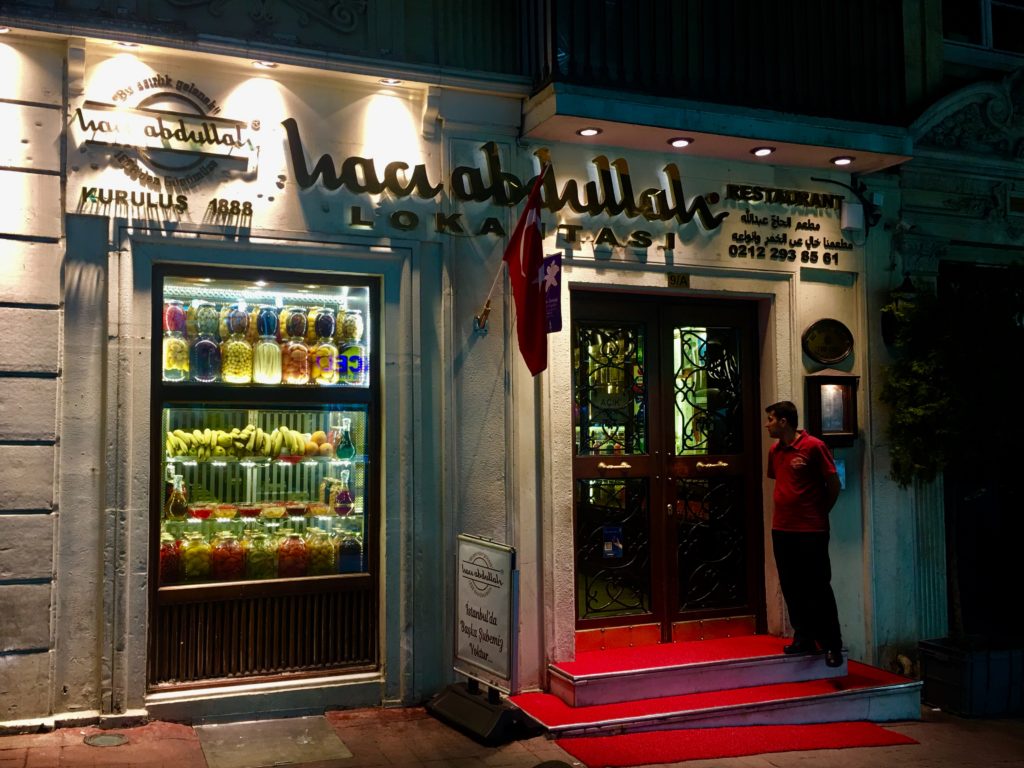
Hacı Abdullah is in one of the side streets of the İstiklal Avenue in Beyoğlu. The street is easy to find. As you go towards Tünel from Taksim Square, you will see a mosque on the right hand side (on the left if you are walking the opposite way). This is the Hüseyin Ağa Mosque, shortly called the Ağa Camii (Mosque) by locals. The mosque which was originally built in 1597 marks the corner of the street that you are supposed to turn into. You will see the restaurant on the left after a very short walk.
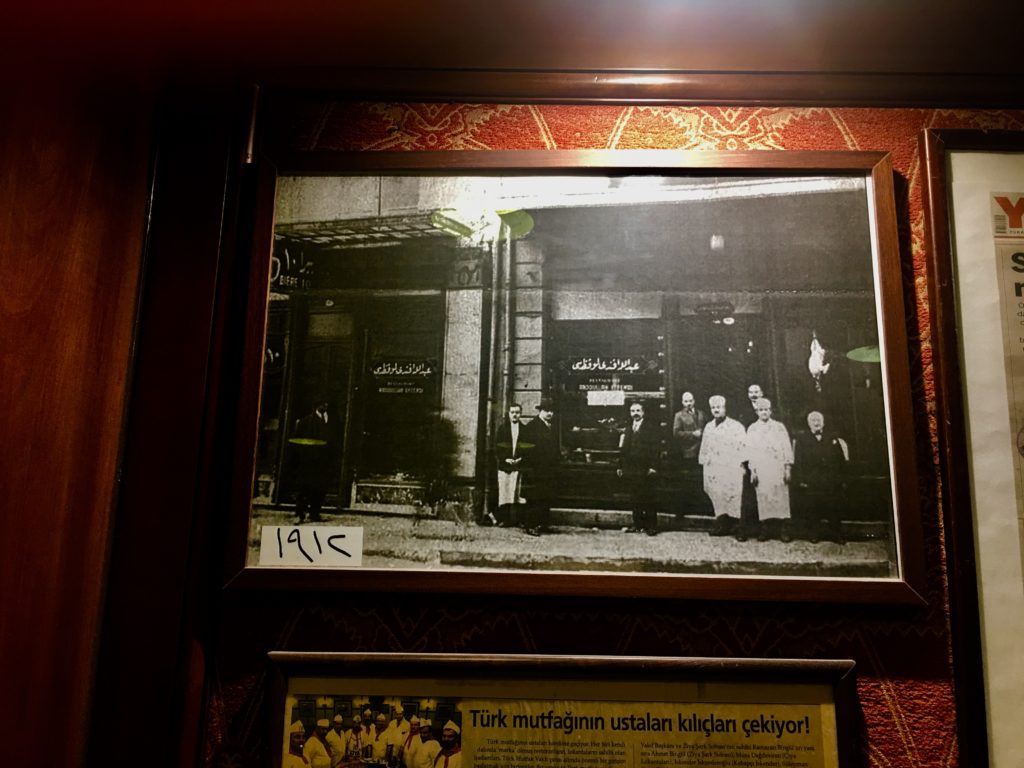
Hacı Abdullah was founded in 1888 with the special permission of Sultan Abdülhamit II. The word Hacı means a Muslim who has been to Mecca as a pilgrim. At the time, the name was Abdullah Efendi and it was located in Karaköy where it stayed until 1915 before moving to Beyoğlu (Pera). In 1940 the restaurant took the name Hacı Salih. In 1958, the restaurant moved to its current location and in 1983 the name was changed to Hacı Abdullah. Now, all these name changes may seem a little bit complicated. However, there is a reason for the changes.
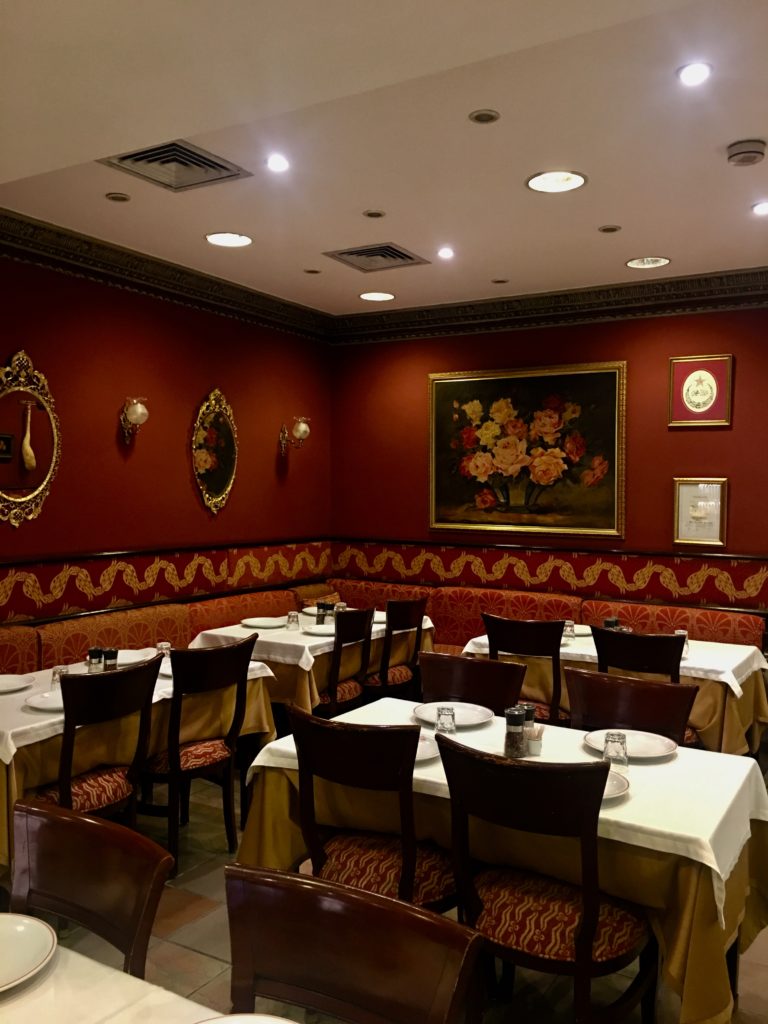
The Hacı Abdullah restaurant is not an entity that has passed on from father to son, generation after generation, nor will it be one in the future. It is a living example of a very old institution called the Ahi Brotherhood (also called Akhts in English) in Turkey. The roots of the Ahi organisation go back to the 13th century. Turks came to Anatolia in the second half of the 11th century and eventually founded the Turkish Seljuk Empire. A second wave of Turks came in the 13th century when Khorasan was invaded by the Mongols. Most of these people, who were artisans and craftsmen, were placed in big cities by the Seljuk state. In this way, a new class of artisans and merchants emerged in the empire. The Muslim preacher and leather dealer Ahi Evran founded the brotherhood which is similar to a guild system but with a religious aspect as well. Each artisanal branch and craftmanship was organised separately under a structure that had four distinct levels. These were errand boy, apprentice, qualified workman and master. The organisations had strict rules in the areas of quality, ethics and justice.
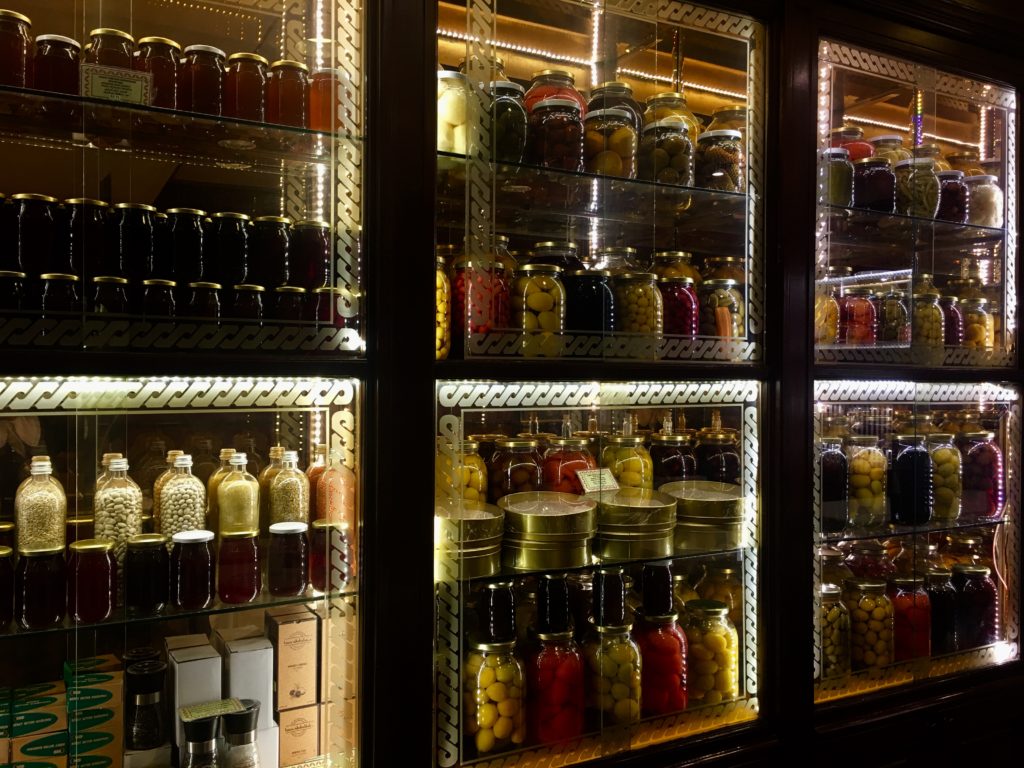
According to the Ahi tradition business passed on from a master to the best qualified follower (apprentice or workman). The Ahi organisations started to disappear around the 17th century. But, it so happens that, Hacı Abdullah is one of the rare surviving examples. That is why, the restaurant’s name changed as it changed hands from master to the best qualified follower. The fact that, the restaurant now is once again called by the same name, Abdullah, is stated to be mere coincidence.
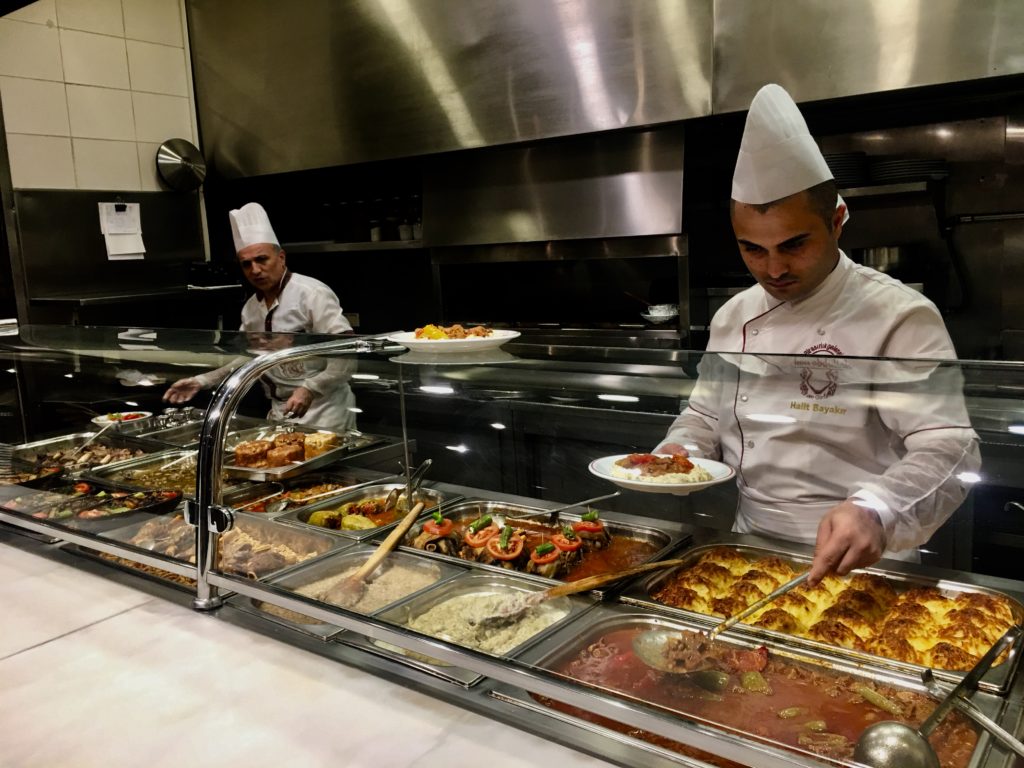
As mentioned previously, Hacı Abdullah is a popular place among Istanbulites who are fond of the Turkish cuisine and who long for the times gone by. Inquisitive tourists and resident foreigners also find their way here. According to a waiter, each nationality has a preferred time slot to come to the restaurant with the latest being Greek and Russian customers.
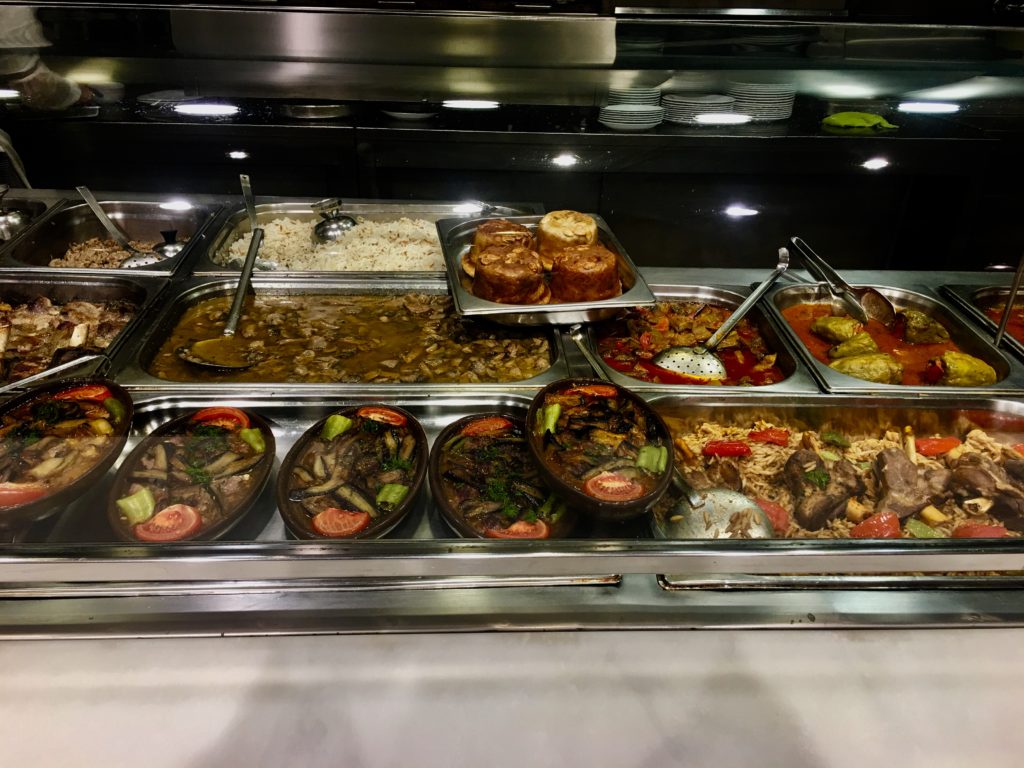
It is a fact that eating habits and rituals are altered as cultures interact. Traditionally, the sequence of dishes in the Turkish cuisine used to be as follows: soup, main course (which can be a vegetable dish with minced or chopped meat, fish, poultry or meat), cold dishes made with olive oil and dessert or fruit in the end. The basic change in recent decades has been concerning this order. As a connotation for starters in Western cuisines, restaurants may serve the cold dishes at the beginning of the meal. However, this is still not the case in normal Turkish households. If you go to Hacı Abdullah, you will see that the menu is organised in accordance with the traditional order. The only exception that is plausible would be if you go to a meyhane (which literally means wine house) to drink rakı. Then, it is the tradition to have the cold dishes as starters, before the hot starters and fish as a main course.
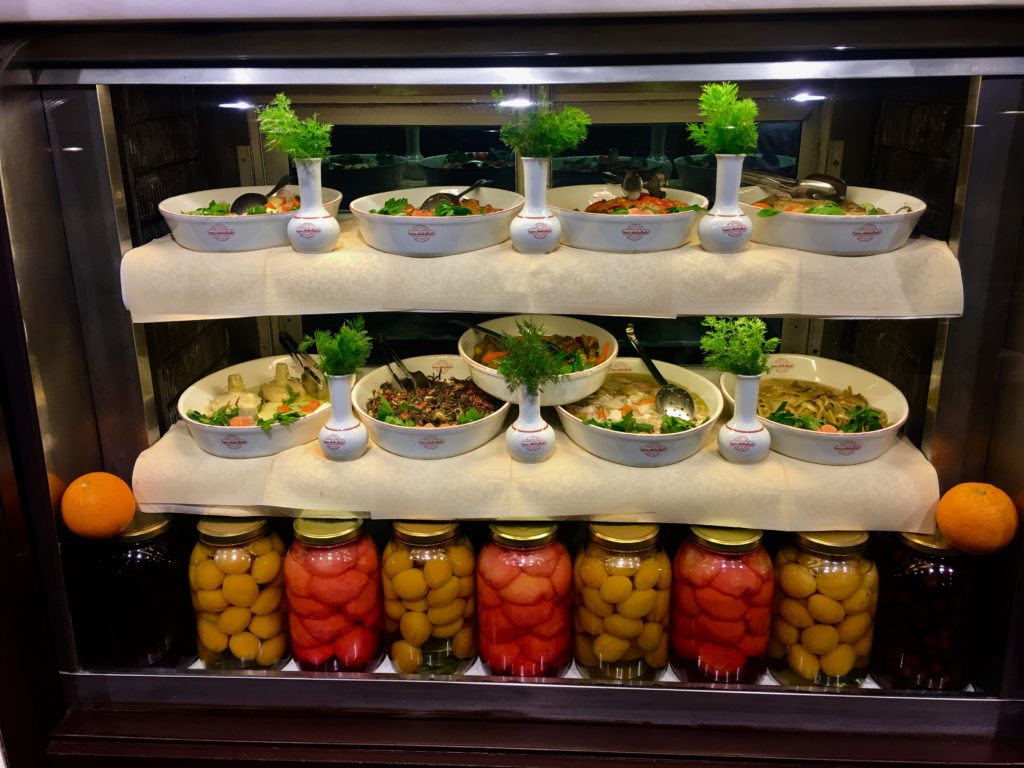
There is an abundant variety of soups in the Turkish cuisine. Winter or summer, Turks are always fond of soups. You may encounter different types in different restaurants. In summer, there is also a popular cold soup (ayran aşı) made with ayran (diluted yoghurt with water), wheat grains and chickpeas. The stellar soup at Hacı Abdullah is okra soup which you won’t easily come across anywhere else.
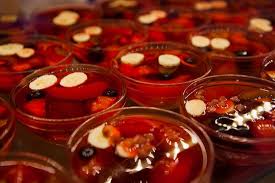
Source: www.tripadvisor.com
Pilav, made of rice, is also a basic dish in the Turkish cuisine. It can appear at the side, as it is usually served with all kinds of kebabs, or after the main course by itself. Some vegetable dishes cannot be thought of without rice. Such as the Haricot beans or the Karnıyarık, made with aubergines. Now, what also goes well with rice is a delicious compote. They can be made with dried fruit (in which case it is called hoşaf) or fresh fruit. Hacı Abdullah has a rich selection of compotes which they make themselves. You will see them in big jars as soon as you enter the restaurant. They have quince, apple, pear, mulberry, peach, strawberry, grape, apricot, pomegranate or mixed compote. Trying one with your rice is highly recommended. Another option is to take it as a dessert like they did in the Ottoman Palace. After the meal, but before coffee.
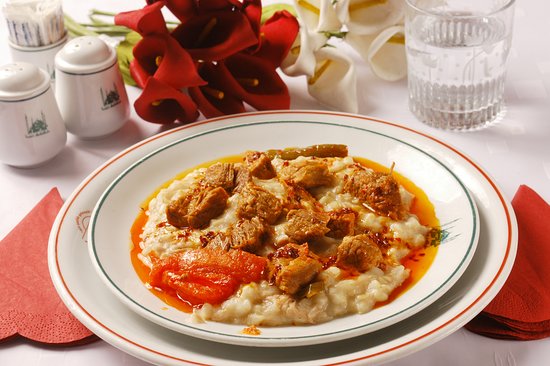
Source: www.tripadvisor.com
Speaking of the Palace, Hünkar Beğendi (or shortly, Beğendi as it is named in this restaurant’s menu) is another Turkish specialty that you might want to try. Hünkar is a synonym for Sultan. Hünkar Beğendi literally means “the Sultan liked it”. Served with meat or poultry, it is made by roasting, peeling and mashing aubergines.
Among the cold dishes cooked with olive oil, artichoke is highly recommended if the season is right. Some of the others are İmam Bayıldı (literally meaning “the imam has fainted” in Turkish, a cold aubergine dish), beans, okra, leeks and celery. A mixed plate of a few types might be good idea.

Source: www.haciabdullah.com.tr
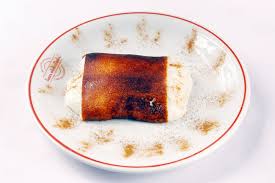
Source: www.haciabdullah.com.tr
No matter how much you eat, you should always spare some room for the delicious desserts. Hacı Abdullah is very rich in terms of offering different types of Turkish desserts as well. There are those which are milk based and those which are made with different types of pastry. If you are asking for a recommendation, Tavuk Göğsü (meaning “breast of a chicken”) or Kazandibi (meaning “bottom of a cauldron”) are worth trying. The two are basically the same with the only difference being that the latter has a roasted coating. Now, we are coming to the crucial point. What does chicken breast have to do with a dessert? Well, believe it or not, this dessert contains minutely pierced chicken breast in it! Delicious indeed! Especially with a scoop of ice cream on the side…
Afiyet Olsun! (*)
Address: Atıf Yılmaz Caddesi No:9/A 80070 Beyoğlu – İstanbul
______________________________________
(*)- Afiyet Olsun is an expression in Turkish that cannot be easily translated to English. It more or less implies a wish so that what you are about to eat or have eaten already may bring you good health. It can be said before, during or after a meal. A couple of decades ago, it was more common to say it after eating something. Today, it seems to have acquired the meaning of bon appétit in French and to be more widely used before starting a meal.
